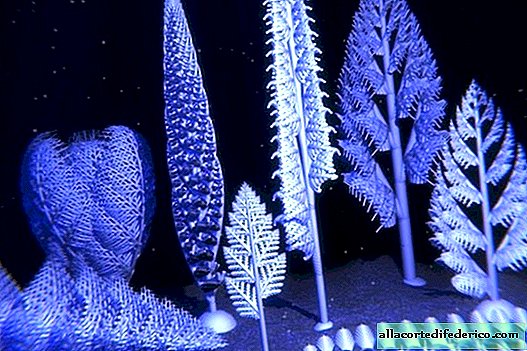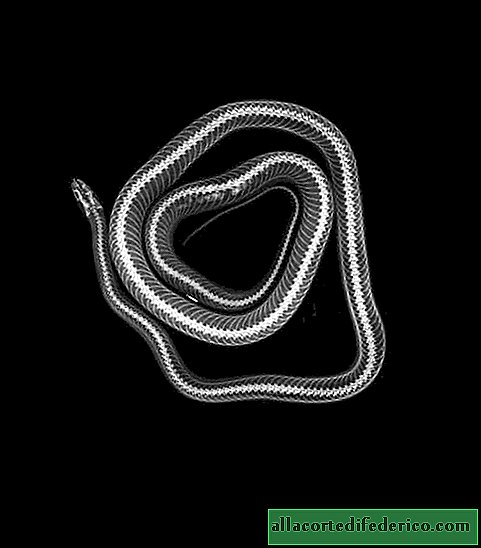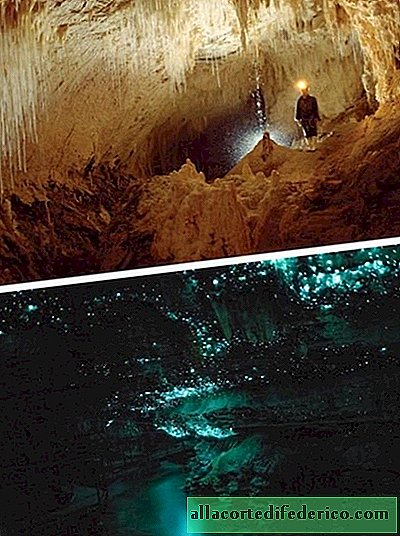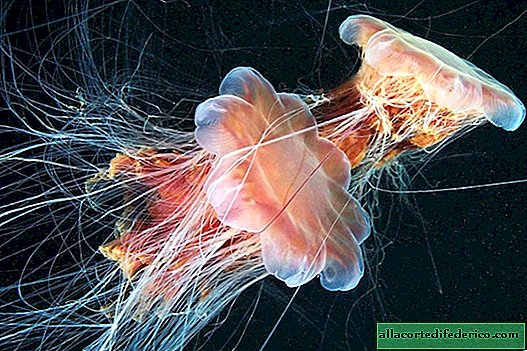New Supercluster of Galaxies Named after Indian Goddess of Wisdom
The Universe consists of a huge number of galaxies that are scattered across it unevenly, forming groups of different sizes, called superclusters. Recently, Indian astronomers discovered a new supercluster, which was named Saraswati in honor of the Hindu goddess of wisdom, knowledge and art.
Galactic hostel
Superclusters of galaxies are scattered throughout the Universe, like lumps in porridge. Between these "lumps" stretch huge empty spaces - voids. For example, the solar system is in the Milky Way galaxy. This galaxy is part of the Local Group, which also includes about 50 other galaxies. And together they make up a small part of the Virgo Supercluster - in total it includes at least hundreds of groups that contain tens of thousands of galaxies. In total, more than 100 superclusters have been identified within 1 billion light-years from the Milky Way.
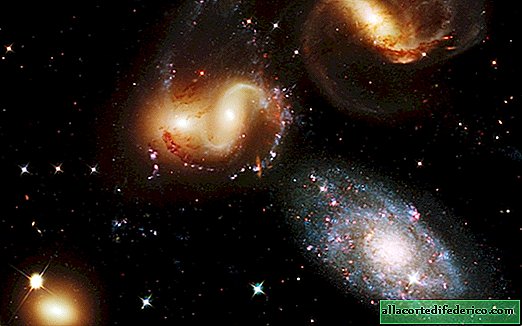
20 quadrillion suns
It is believed that the Universe began to form from small to large: first galaxies appeared, and then they began to form in clusters. This process took a very long time, so it was previously assumed that superclusters of galaxies appeared in a rather late era in the life of the Universe. But a recent find puzzled scientists: one of the largest superclusters discovered recently relates to the period when such objects should not have existed yet.

Pictured: Saraswati Supercluster
The new supercluster, discovered by Indian astronomers, is located 4 billion light years from Earth toward the constellation Pisces. Researchers suggest that it includes tens of thousands of galaxies formed in 43 large groups. The size of the Saraswati cluster is more than 600 million light years. And the mass is about 20 quadrillion masses of the Sun.
It is symbolic that the goddess of wisdom Sarasvati, after whom the cluster was named, helped Brahma in the creation of the Universe, and it was she who created the heavenly Bridal Chamber - the Hall of salvation and eternal bliss.







